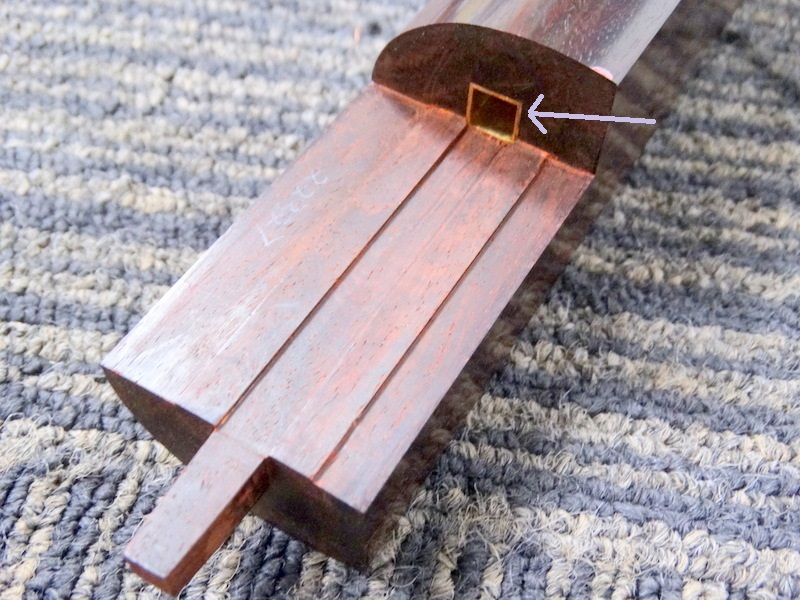Hi
I’ve been wanting to build a shamisen for a few years (read Kyle’s book a few dozen times:) ) and finally bought some materials and joined the forum.
Since supply shortages lately I rushed an order for wood and bought rosewood for a finger board and khaya mahogany for the sao. Mahogany in guitars is warm but loud which I thought would take some of the harsher brightness out of the tone as shamisen can be very bright and snappy. I haven’t picked the dou wood yet and the khaya hardness being 850 - 1100 has me a bit nervous that it’s not hard enough. I’m thinking of installing a passive truss rod of carbon fiber or 2024-T4 aluminum (common in banjos) to stiffen it up.
But maybe I should use the khaya for the dou and buy a new sao wood? I am sitting on some white oak but I’m concerned that would be too heavy and not very resonant as a tone wood resulting in less sustain. In Canada the best local wood I can hope for is maple but I may have to import something. I sourced my other stuff from a guitar wood company online but supply is starting to run out. May have to try another company.
I’m on a bit of a budget $100 - $200 so I don’t want to break the bank but I also don’t want to waste my time building something I’m not happy with. Any advice?


